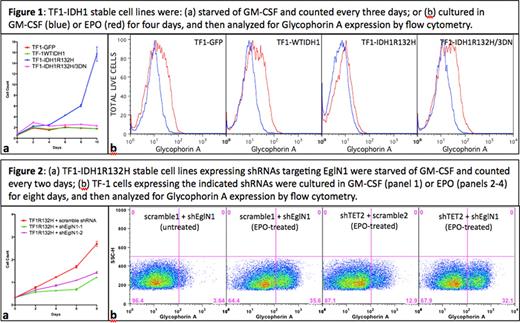Abstract
Abstract LBA-6
Optimal management for low tumor burden (LTB) follicular lymphoma (FL) in the rituximab (R) era is uncertain. Historical data with watch and wait (W & W) approaches are associated with an average of 3 years to initiation of chemotherapy. We hypothesized that rituximab could delay the need for chemotherapy and that maintenance rituximab (MR) would provide disease control superior to rituximab retreatment (RR) at progression. E4402 is a randomized phase III study comparing MR and RR for patients (pt) with previously untreated, LTB (by GELF criteria) FL.
Pt received R 375 mg/m2 weekly × 4 and responders were randomized to MR (single dose R q 3 mo) or RR (R weekly × 4 at disease progression). Each strategy was continued until treatment failure. The primary endpoint, time to treatment failure (TTTF), was defined as progression within 6 mo of last R, no response to R retreatment, initiation of alternative therapy, or inability to complete protocol therapy. Pt were evaluated every 3 mo, with restaging CT scans every 6 mo. The study had 81% power to detect a TTTF hazard ratio of 0.64 favoring MR. Secondary endpoints included time to first cytotoxic therapy (TTCT), quality of life (QOL) and safety. The ECOG Data Monitoring Committee recommended release of study results at a planned interim analysis in September 2011.
From 11/03 to 9/08, 384 with FL were enrolled. Complete or partial response was achieved in 274 pt (71%), who were then randomized to MR (n=140) or RR (n=134). Demographic features were similar in the two arms: median age 59 yr; PS 0–1 in all pt; and FLIPI low-risk (14.9 vs. 16.4%), intermediate-risk (46.3 vs. 42.9%) and high-risk (38.8 vs. 40.7%) for MR vs. RR, respectively. The mean number of R doses/pt (including the 4 induction doses) was 15.8 (range 5– 31) for MR and 4.5 (range 4–16) for RR. With a median follow-up of 3.8 yrs, TTTF was and 3.9 yr for MR vs. 3.6 yr for RR (p=NS, Fig 1). A detailed analysis of treatment failure, by type, will be presented. At 3 yrs, 95% of MR vs. 86% of RR pt (p=.027, Fig 2) remained free of cytotoxic therapy. Grade 3–4 hematologic and non-hematologic toxicities occurred in < 5% of pt; 1 death on study occurred in each Arm. At 12 months post randomization, there was no discernible difference in health related QOL and anxiety between the two arms.
In previously untreated, low tumor burden, follicular lymphoma, no difference in TTTF for MR vs. RR was observed. Notably, the time to initiation of cytotoxic therapy was delayed in both arms compared to historical W & W strategies with similarly defined LTB FL populations. MR was slightly superior to RR for TTCT but at a cost of 3x more R. MR did not improve QOL or anxiety. In summary, RR produces outcomes comparable to MR in this patient population.
Kahl:Genentech: Consultancy; Roche: Consultancy. Williams:Genentech: Consultancy. Gascoyne:Roche: Consultancy; Genentech: Consultancy. Horning:Genentech: Employment, Equity Ownership.
Author notes
Asterisk with author names denotes non-ASH members.


This feature is available to Subscribers Only
Sign In or Create an Account Close Modal